
Only weeks after Millie Smith and Lewis Cann learned they were having twin baby girls, they learned that only one would survive.
On April 30, after 30 weeks of a high-risk pregnancy, Smith delivered identical twins, Callie and Skye, the latter who lived only three hours.
Later in neonatal intensive care unit (NICU), Callie slept without her sister in the incubator, with her loving and grieving parents watching over her. In the unit with other babies, an overwhelmed mom of healthy newborn twins innocently told Smith that she was “so lucky” to not have two babies.
Crushed by the words, the new mom couldn’t find the words to explain her loss. Then, she realized that Skye’s legacy was to help other families who lose a child, and it came in the form of a purple butterfly.
In November 2015 Millie Smith and partner Lewis Cann found out they were having their first Child. Smith, who has twins in the family, said she had a “gut feeling” about having a duo and 10 weeks later, doctors confirmed she was expecting identical twin girls.
Less than two weeks after the excitement of knowing they would double the children in their home, the British couple were devastated to learn that one of their babies had a fatal condition and wouldn’t survive after birth.
“During the scan, the doctor didn’t say anything. I was very excited and loved seeing the little babies, but she was silent. Both Lewis and I immediately knew there must be a problem,” Smith said.
Doctors shared the news that one of the babies had anencephaly, which according to the Centers for Disease Control and Prevention (CDC) affects about one in 4,600 babies across the U.S. It’s a serious birth defect where a baby is born without parts of the brain and skull, and “almost all babies born with anencephaly will die shortly after birth.”
Knowing that one baby would die soon after birth, and that there were risks involved for their other baby, the couple decided to move forward with the extremely high-risk pregnancy.
Over the next several months, Smith and Cann named their twins Skye and Callie. “We knew that Skye needed to have a name before she was born,” Smith said. “Knowing she would only survive for seconds or minutes, I wanted her to be named during that time.”
The meaning behind “Skye,” she explained “was somewhere we knew she would always be, that we could look up at the sky and remember our baby.”
When Smith went into labor after only 30 weeks on April 30, she needed an emergency C-section. To help navigate the loss, the couple had a “bereavement midwife” during the birth, and they were put I a special room the called the “Daisy Room,” where families can spend time with a baby before and after she/he passes.
“When the girls were born, they both cried. This was a huge moment, as we were told that Skye would not make a noise or move,” said Smith, who was thankful to have three hours with Skye before she died. “We were cuddling Skye when she passed away. This was the worst moment in our lives. I have never ever felt heartbreak like that before. But I am proud that she fought for so long to spend time with us.”
Born premature, Callie had to stay in NICU while she gained some strength and also in the unit were three other sets of twin.
“Most of the nurses were aware of what had happened, but as time passed, people stopped talking about Skye. After about four weeks, everyone acted as though nothing had happened, meaning the families around me had no idea about our situation,” Smith recalled.
One morning, a stressed mother whose twins were also in NICU, harmlessly said to Smith that she was “so lucky” to not have twins.
“None of the other parents knew what had happened or anything about Skye. The comment was completely innocent and more out of humor…They weren’t to know that I did at one point have two.” Smith continued, “But the comment nearly broke me. I ran out [of] the room in tears and they had no idea why. I didn’t have the heart to tell them what had happened. A simple sticker would have avoided that entire situation.”
It was in that moment Smith realized she had to create something that would speak for parents who had just lost a baby, ensuring the misunderstanding never happens again.
She designed a poster for the NICU explaining both hospital personnel and visitors that any incubator with a purple butterfly on it means that one or more babies, in a set of multiples were lost.
“I chose butterflies, as I felt it was fitting to remember the babies that flew away, the color purple because it is suitable for both boys or girls,” said Smith.
The purple butterfly concept–now under the Skye High Foundation–has spread to hospitals in several countries around the world.
Callie is now a lively, happy seven-year-old, and twin’s memory lives in purple butterfly cards along with other initiatives to help families with babies like Skye all over the world. The purple butterflies now come in numerous forms, like ornaments, cards, blankets, stuffed animals and more.
“Ultimately I will never be able to stop this from happening but the more support groups we can set up and put things in place like the stickers the better it will be. It’s the hardest thing anyone has to deal with,” Smith said.
My MIL Threw Away All My Food from the Fridge – I Responded on Her Birthday

My MIL Threw Away All My Food from the Fridge – I Responded on Her Birthday
Living under the same roof with my mother-in-law had been challenging from the start. The cultural differences between us had always been a point of contention, but I never expected it to escalate to the point of her disposing of all my cooking supplies.
The food I cook, a vibrant representation of my South Asian heritage, means more to me than just sustenance; it’s a connection to my roots, my family, and my identity. However, the disdain from my mother-in-law towards my culture and the food I love became painfully evident the day I found my pantry emptied.

Kebabs roasting | Source: Pexels
Having my mother-in-law move in was never going to be easy. The dynamics in our household shifted dramatically, but I had hoped for a semblance of respect and understanding. My husband, whose palate has embraced the diverse flavors of my cooking, has been caught in the middle of this cultural clash. His efforts to mediate have been commendable, yet the strain is visible, eroding the harmony we once shared.
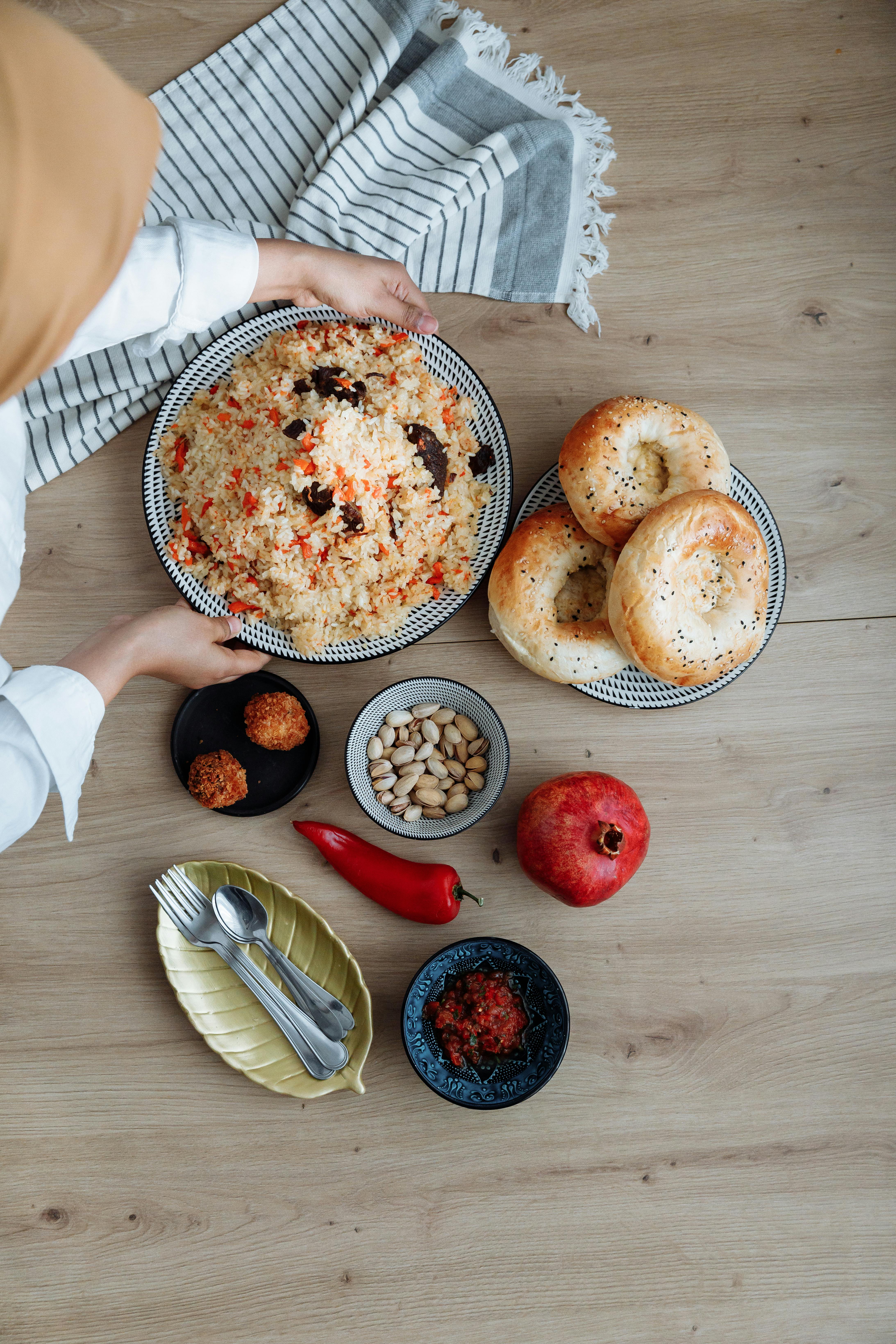
A rice dish with various furnishings | Source: Pexels
The disparaging comments from my mother-in-law weren’t new to me. She had always made her feelings known, criticizing the way I eat with my hands as if it were something to be ashamed of, or the aromatic spices that filled our home, dismissing them as offensive. My husband’s attempts to defend me and educate her on the beauty and diversity of other cultures seemed futile.
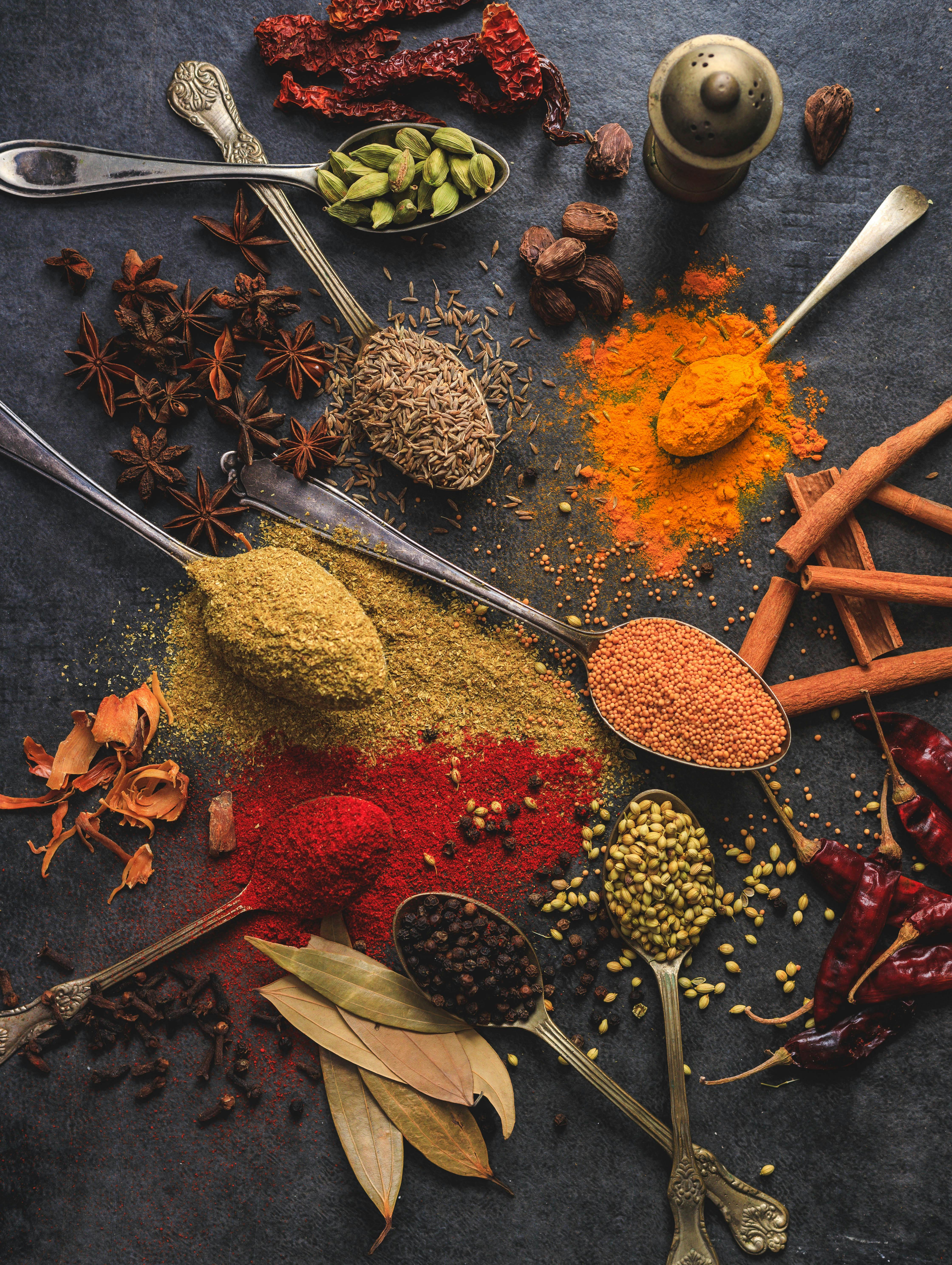
Various spices | Source: Pexels
Living with her constant judgments and disregard for my heritage was testing my patience, but I had chosen to remain silent, attributing her behavior to the stress of the quarantine.
The morning I discovered the empty pantry was a breaking point. The realization that she had taken it upon herself to throw away not just the food but a piece of my identity was shocking. Her justification, claiming it was for the sake of her son’s dietary preferences, was a blatant disregard for me, my culture, and even her son’s choices.
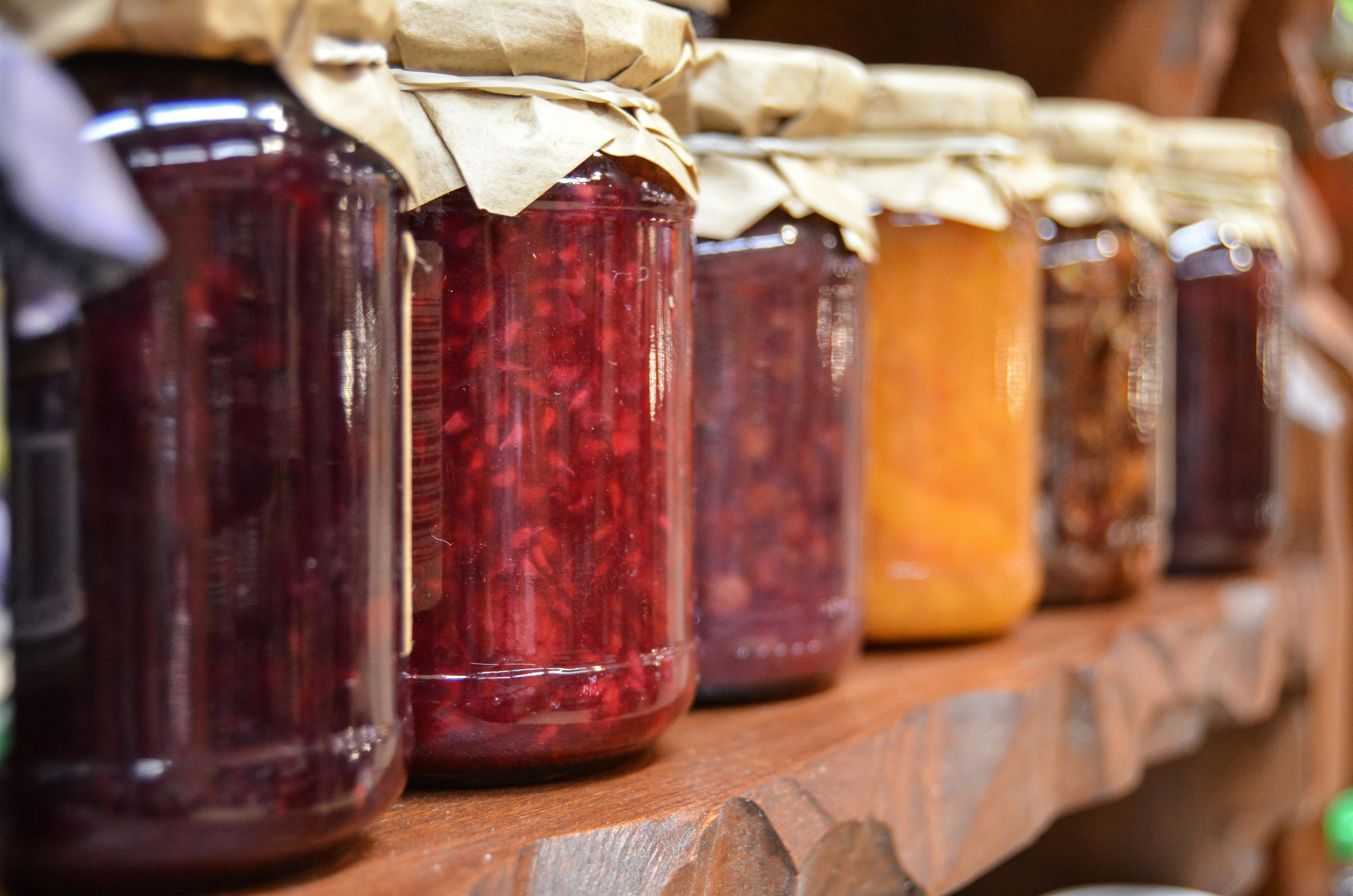
Jards in a pantry | Source: Pexels
It was clear she viewed my heritage as inferior, something to be erased and replaced with what she considered “normal American food,” as if my being American wasn’t valid because of my ethnic background.
My frustration was compounded by the challenge of replenishing my supplies. The quarantine had already made grocery shopping a daunting task, and finding specific ingredients for my dishes was nearly impossible due to shortages. Returning home empty-handed to face her audacious questioning about dinner plans was the epitome of insult to injury.

A woman doing grocery shopping | Source: Pexels
In that moment, feeling belittled and disrespected in my own home, something shifted within me. I realized that remaining silent and attempting to keep the peace had only emboldened her disrespect. It was clear that direct confrontation or seeking my husband’s intervention again would not suffice. Her actions were a direct challenge to my identity and my place in this family, and I could not let it stand unaddressed.

An angry woman | Source: Pexels
As I stood there, facing her smug inquiry about dinner, a calm resolve settled over me. I knew that any response I gave now would only lead to more dismissals of my feelings and heritage. But I wasn’t going to play by her rules anymore. I wasn’t just going to find a way to cook with the limited ingredients I had or try to explain yet again why her actions were hurtful and unacceptable.
No, I had another plan.
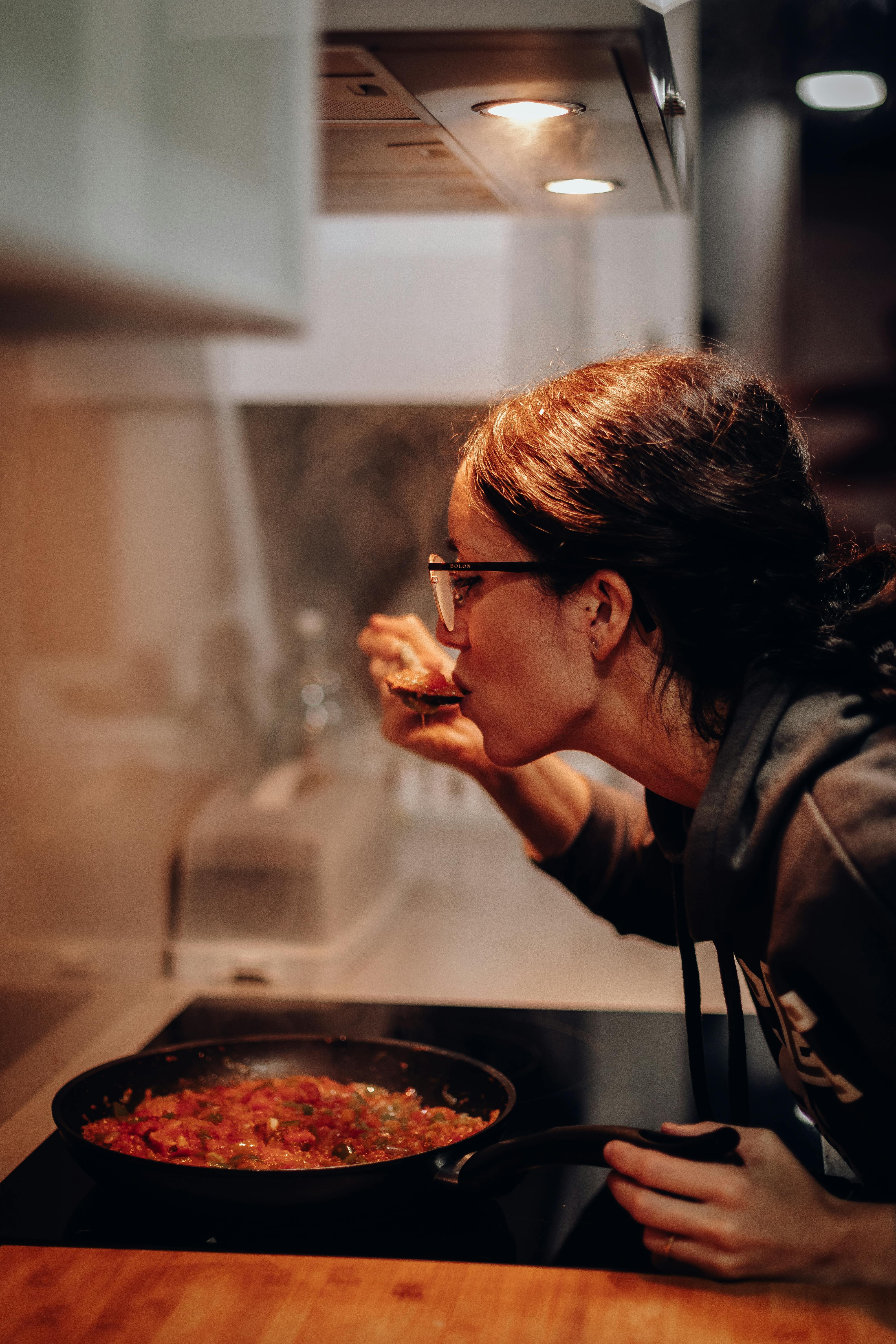
A woman cooking | Source: Pexels
With a clear objective in mind, I channeled all my frustration and determination into creating a masterful culinary strategy. My mother-in-law’s upcoming party, intended to be a grand social event, provided the perfect stage for my plan. She had envisioned this party as a showcase of her taste and sophistication, expecting a menu of classic American cuisine to appeal to her guests’ palates. However, I saw an opportunity to subtly introduce the very essence of my heritage that she had so vehemently rejected.
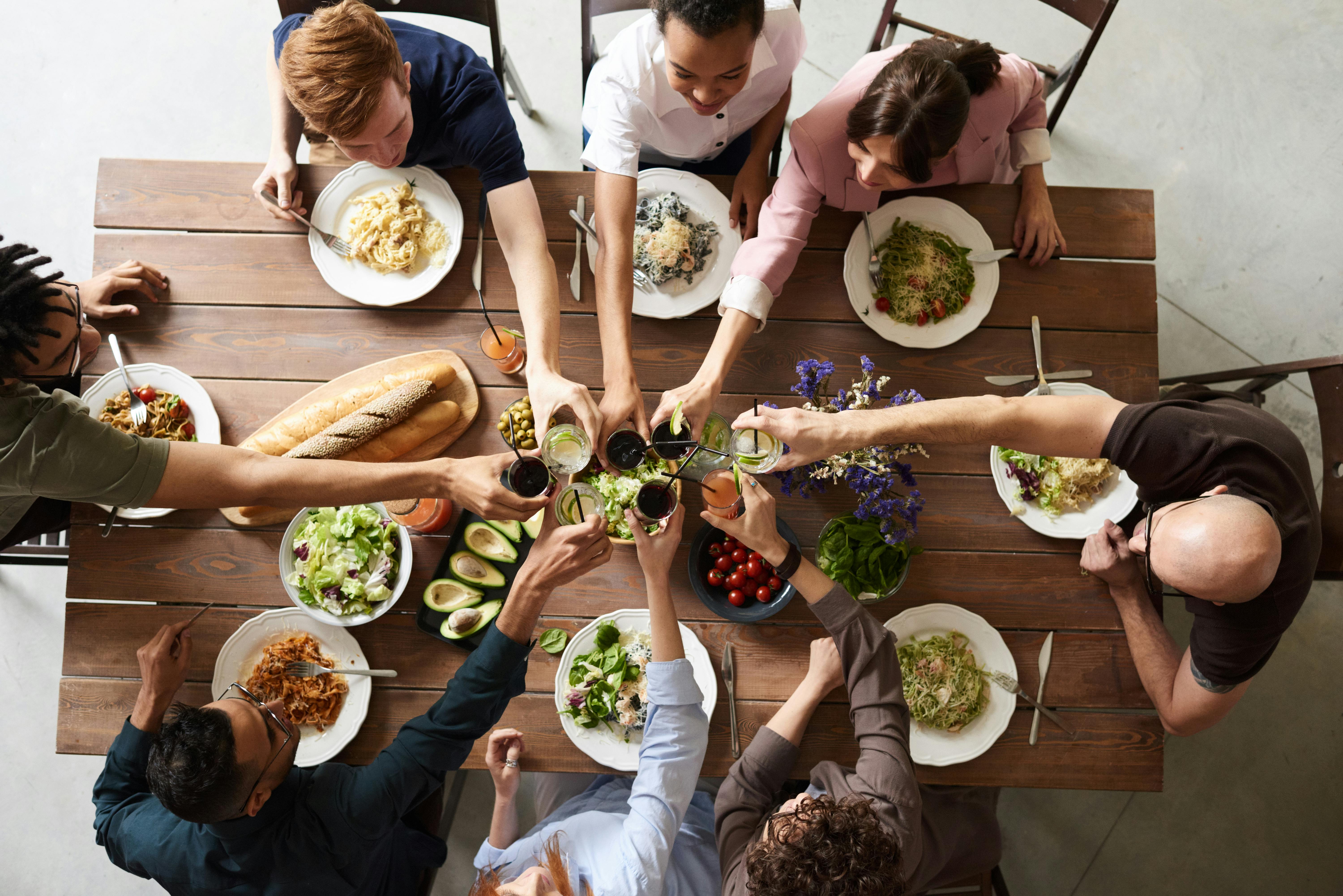
A dinner party | Source: Pexels
As I took over the kitchen to prepare the dishes for the party, I decided to infuse each “American” dish with a touch of Indian flair. The burgers were seasoned with garam masala, the potato salad hinted at cumin and coriander, and the apple pie was laced with cardamom. The transformation was subtle, enough to intrigue but not overwhelm, a culinary bridge between my world and hers.
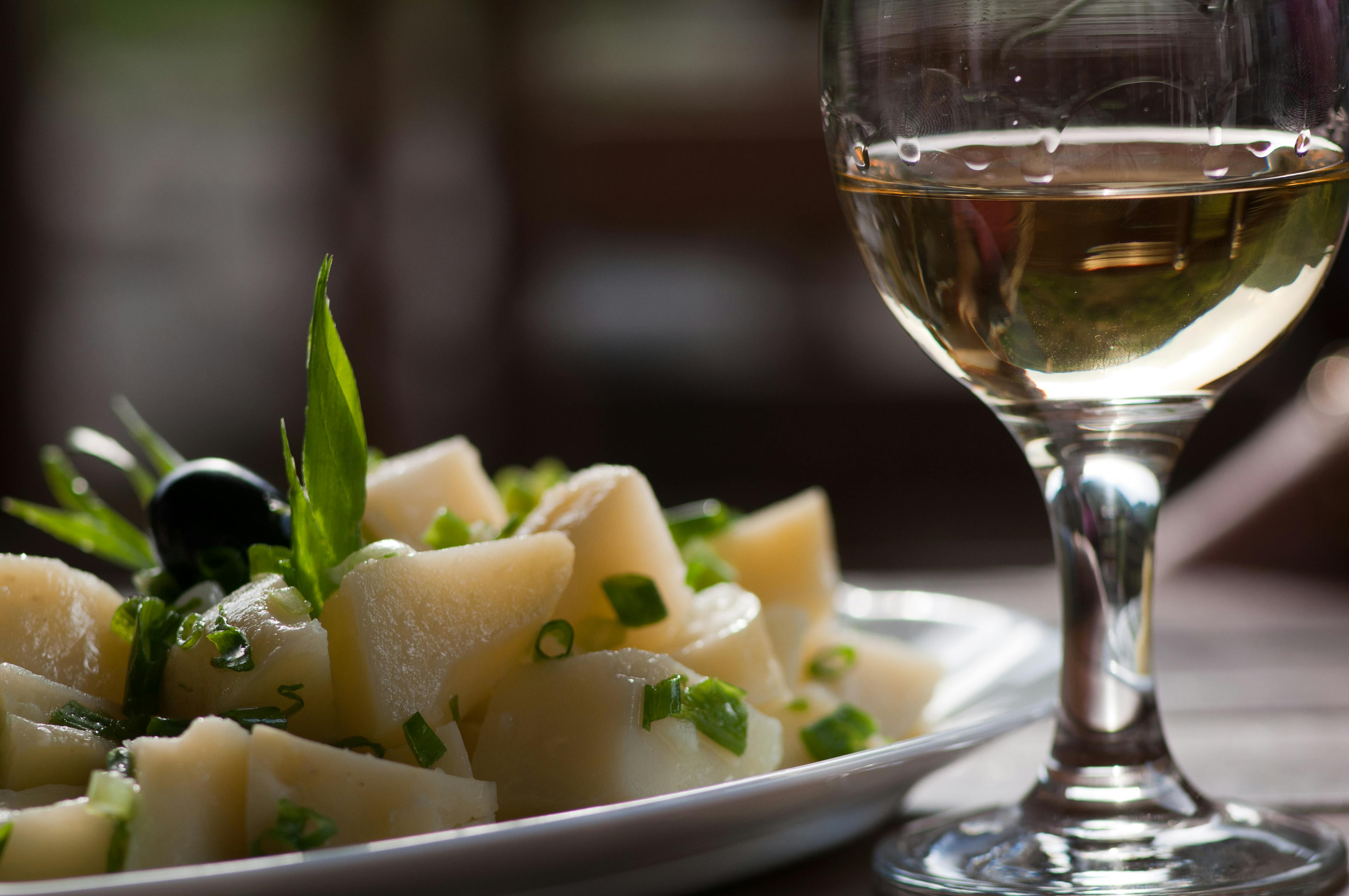
A dish with potato salad | Source: Pexels
The party was in full swing, with guests mingling and enjoying the ambiance. As they began to eat, their reactions were unanimous – surprise and delight at the unexpected flavors. One by one, they approached my mother-in-law with compliments, praising the innovative and delicious twist on traditional dishes. Each compliment was a testament to the universal language of good food, transcending cultural barriers and prejudices.

People enjoying a dinner party | Source: Pexels
Caught off guard by the barrage of praise, my mother-in-law tasted the food with a critical eye, expecting to justify her disdain for Indian cuisine. However, the scene before her, a room full of guests genuinely enjoying the food, forced a change in perspective. The initial instinct to reject the unfamiliar flavors was overshadowed by the realization that her biases were unfounded. The food was not just accepted; it was celebrated.
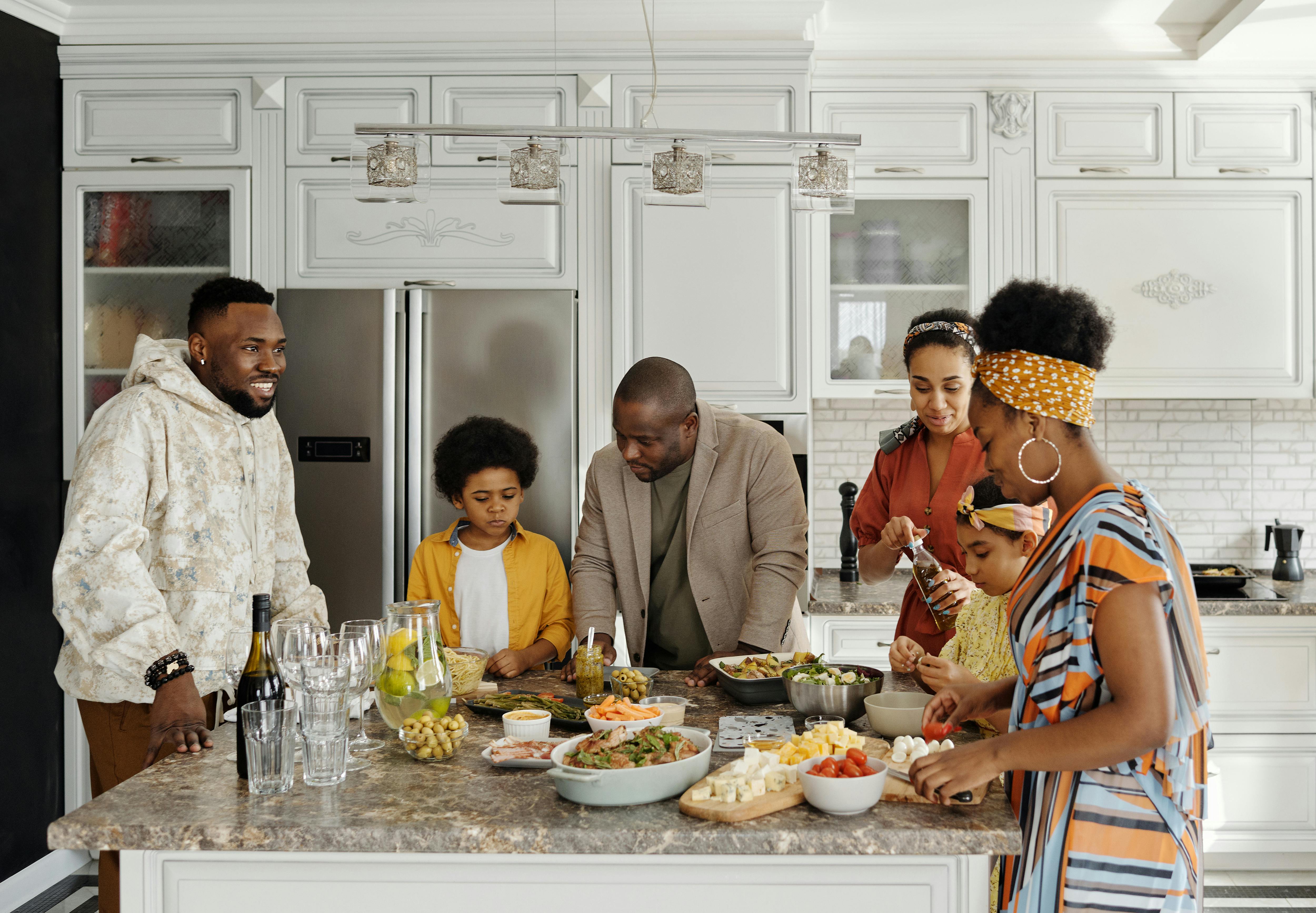
People enjoying a meal | Source: Pexels
This moment of revelation was pivotal for my mother-in-law. Witnessing the joy and satisfaction her friends experienced from the very cuisine she had scorned, she understood the futility of her resistance.
It dawned on her that her aversion to Indian food was merely a manifestation of her deeper biases against my cultural background. The reality that her son’s happiness was intricately linked to embracing his wife’s heritage finally broke through her stubborn prejudice.

People talking and laughing at a table full of food | Source: Pexels
The aftermath of the party marked a significant shift in our household dynamics. My mother-in-law’s acknowledgment of her misplaced animosity paved the way for a more harmonious coexistence. The tension that once permeated our interactions began to dissipate, replaced by a cautious mutual respect. Although this understanding did not erase all the challenges we faced, it was a crucial step towards reconciliation.
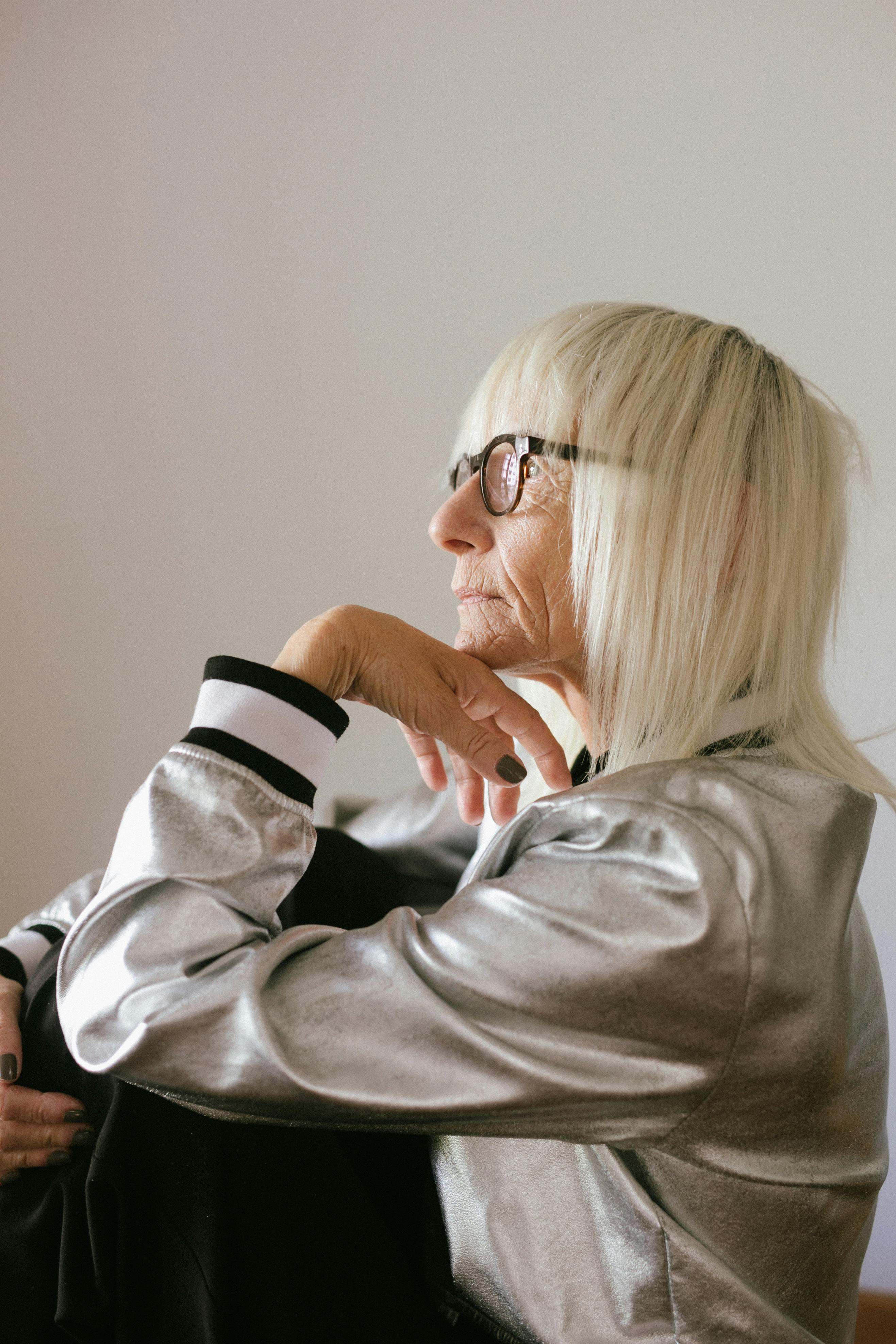
An upset older woman | Source: Pexels
Despite the progress in our relationship, the arrangement of living together remained untenable for all involved. My mother-in-law, perhaps recognizing the need for space to allow our relationship to continue healing, decided to move to her daughter’s place. This decision was met with a collective sigh of relief, a necessary change that promised a fresh start for everyone.

A happy woman | Source: Pexels
In the end, the experience taught us all invaluable lessons about acceptance, respect, and the power of food as a unifying force. While the road to fully bridging our cultural divide would be long and fraught with challenges, the party served as a poignant reminder of the potential for change. It underscored the importance of looking beyond our prejudices and embracing the diversity that enriches our lives.
How would you have dealt with a mother-in-law like this? Let us know on Facebook!



Leave a Reply